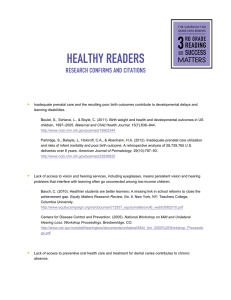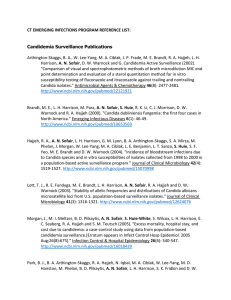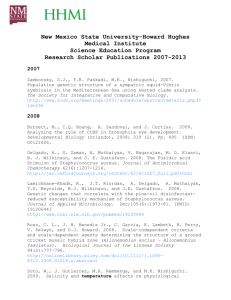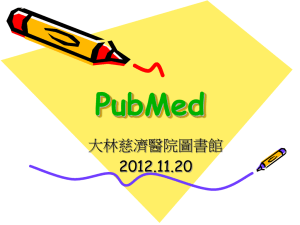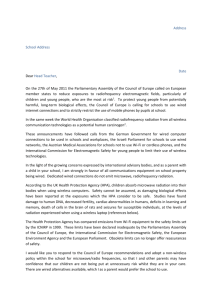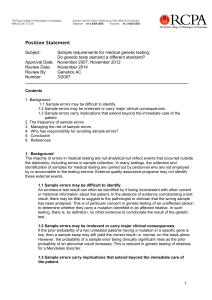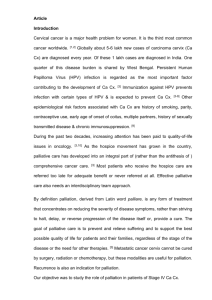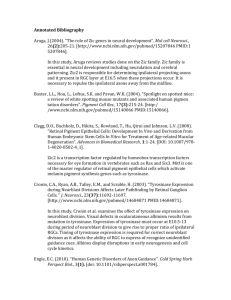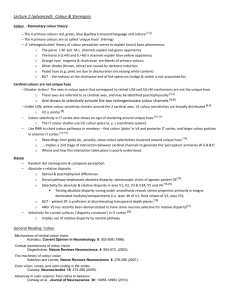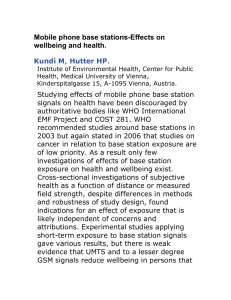click for Word file
advertisement
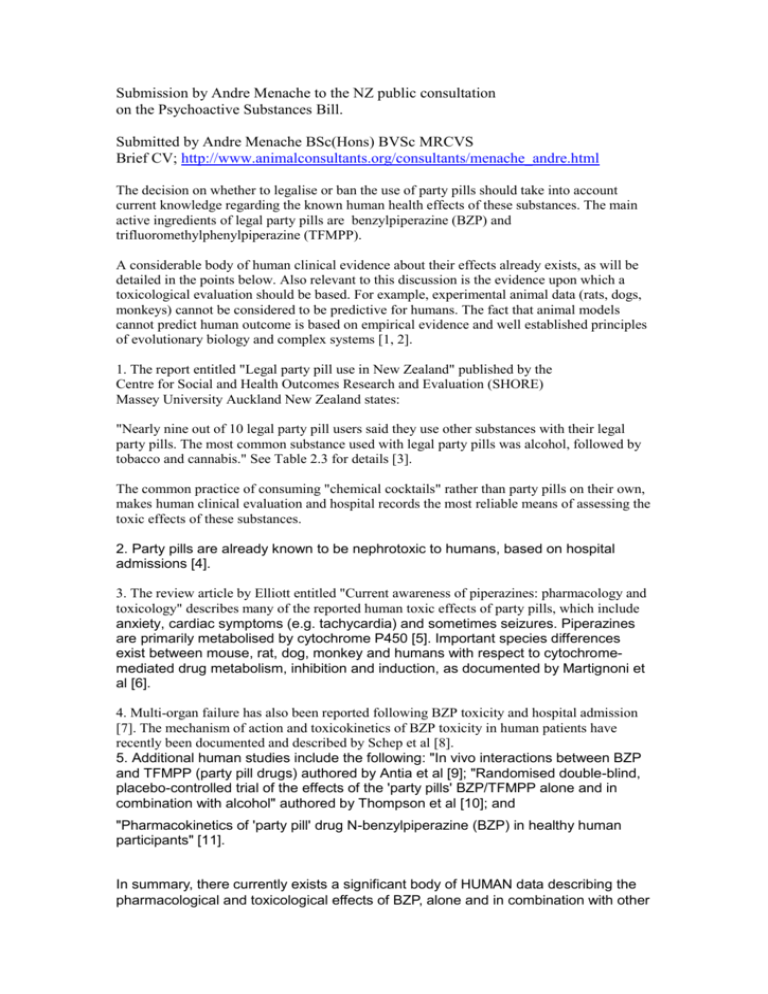
Submission by Andre Menache to the NZ public consultation on the Psychoactive Substances Bill. Submitted by Andre Menache BSc(Hons) BVSc MRCVS Brief CV; http://www.animalconsultants.org/consultants/menache_andre.html The decision on whether to legalise or ban the use of party pills should take into account current knowledge regarding the known human health effects of these substances. The main active ingredients of legal party pills are benzylpiperazine (BZP) and trifluoromethylphenylpiperazine (TFMPP). A considerable body of human clinical evidence about their effects already exists, as will be detailed in the points below. Also relevant to this discussion is the evidence upon which a toxicological evaluation should be based. For example, experimental animal data (rats, dogs, monkeys) cannot be considered to be predictive for humans. The fact that animal models cannot predict human outcome is based on empirical evidence and well established principles of evolutionary biology and complex systems [1, 2]. 1. The report entitled "Legal party pill use in New Zealand" published by the Centre for Social and Health Outcomes Research and Evaluation (SHORE) Massey University Auckland New Zealand states: "Nearly nine out of 10 legal party pill users said they use other substances with their legal party pills. The most common substance used with legal party pills was alcohol, followed by tobacco and cannabis." See Table 2.3 for details [3]. The common practice of consuming "chemical cocktails" rather than party pills on their own, makes human clinical evaluation and hospital records the most reliable means of assessing the toxic effects of these substances. 2. Party pills are already known to be nephrotoxic to humans, based on hospital admissions [4]. 3. The review article by Elliott entitled "Current awareness of piperazines: pharmacology and toxicology" describes many of the reported human toxic effects of party pills, which include anxiety, cardiac symptoms (e.g. tachycardia) and sometimes seizures. Piperazines are primarily metabolised by cytochrome P450 [5]. Important species differences exist between mouse, rat, dog, monkey and humans with respect to cytochromemediated drug metabolism, inhibition and induction, as documented by Martignoni et al [6]. 4. Multi-organ failure has also been reported following BZP toxicity and hospital admission [7]. The mechanism of action and toxicokinetics of BZP toxicity in human patients have recently been documented and described by Schep et al [8]. 5. Additional human studies include the following: "In vivo interactions between BZP and TFMPP (party pill drugs) authored by Antia et al [9]; "Randomised double-blind, placebo-controlled trial of the effects of the 'party pills' BZP/TFMPP alone and in combination with alcohol" authored by Thompson et al [10]; and "Pharmacokinetics of 'party pill' drug N-benzylpiperazine (BZP) in healthy human participants" [11]. In summary, there currently exists a significant body of HUMAN data describing the pharmacological and toxicological effects of BZP, alone and in combination with other substances. Additional human data could be obtained through the application of "omics" technologies and human biomarkers using human blood and urine samples. The use of animal models to study the human health effects of party pills would represent a "return to the middle ages" in an age of evidence based toxicology and in light of all the above information. References 1. http://www.ncbi.nlm.nih.gov/pubmed/19146696 2. http://www.ncbi.nlm.nih.gov/pubmed/22769234 3. http://www.massey.ac.nz/massey/fms/Colleges/College%20of%20Humanities%20 and%20Social%20Sciences/Shore/reports/Legal%20party%20pills%20in%20New%2 0Zealand%20report3.pdf 4. http://www.ncbi.nlm.nih.gov/pubmed/22819869 5. http://www.ncbi.nlm.nih.gov/pubmed/21744514 6. http://www.ncbi.nlm.nih.gov/pubmed/17125407 7. http://www.ncbi.nlm.nih.gov/pubmed/20184432 8. http://www.ncbi.nlm.nih.gov/pubmed/21495881 9. http://www.ncbi.nlm.nih.gov/pubmed/19851418 10. http://www.ncbi.nlm.nih.gov/pubmed/19329546 11. http://www.ncbi.nlm.nih.gov/pubmed/19261399
